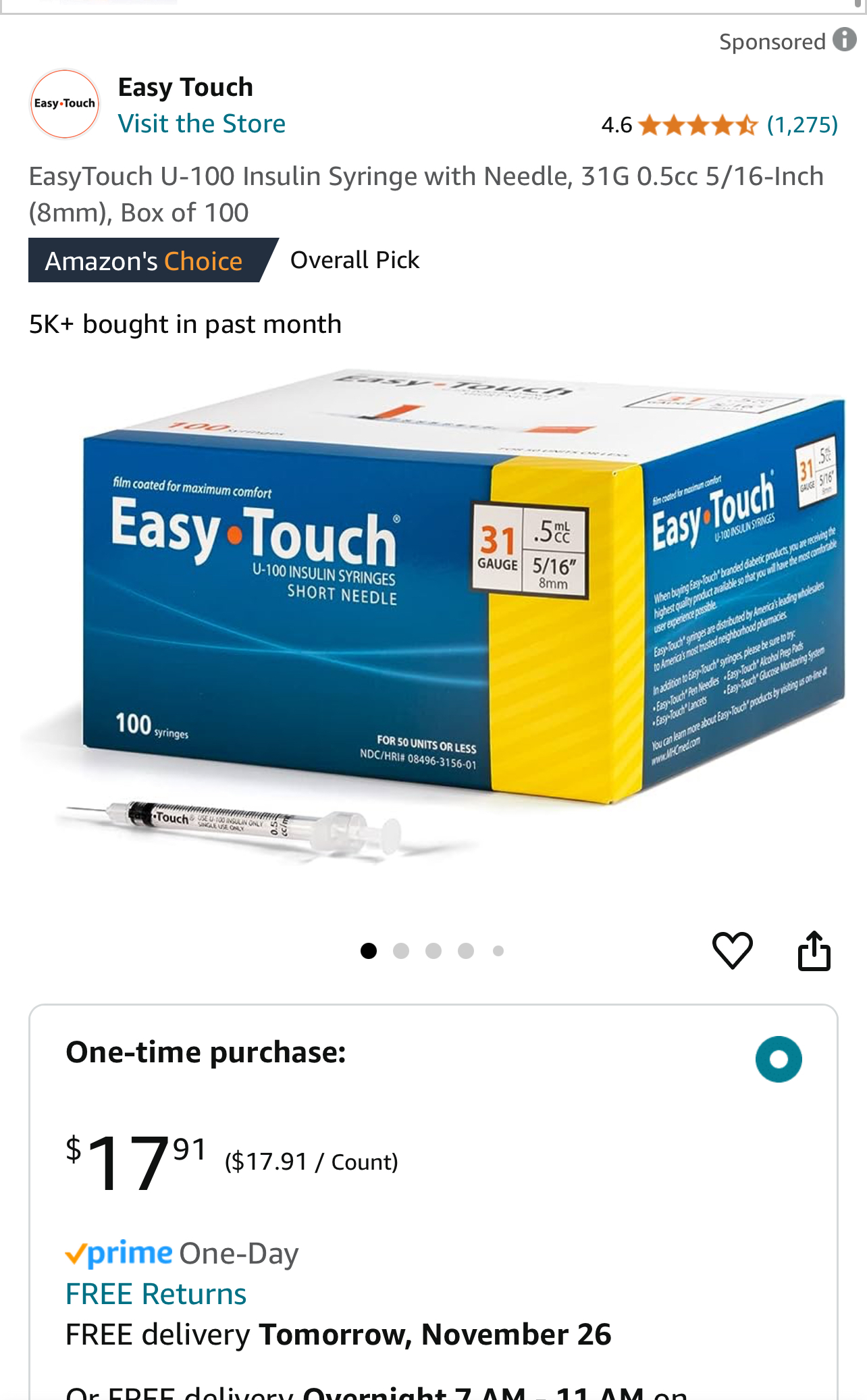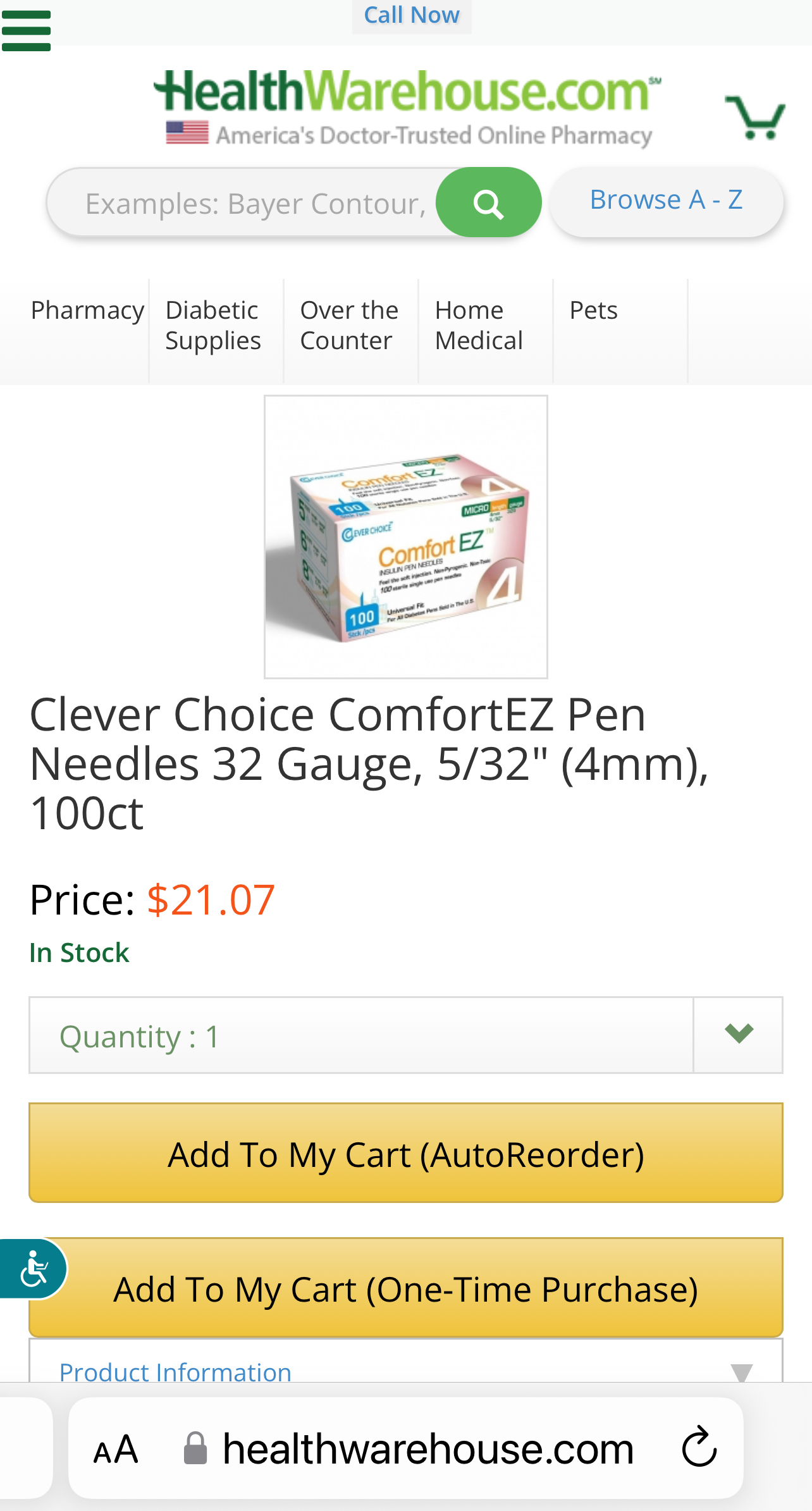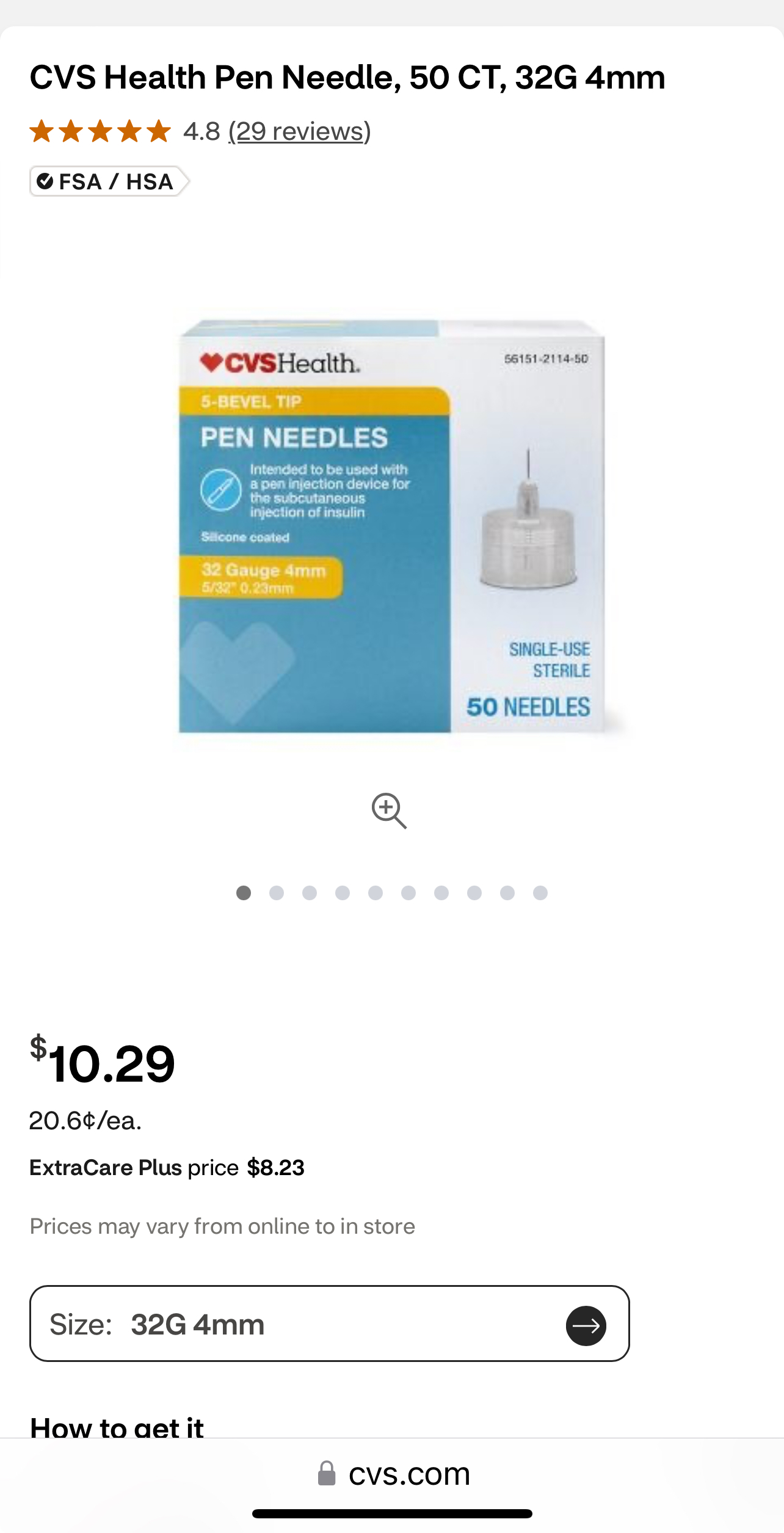The traditional approach to insulin delivery involves using a syringe and a vial of insulin. Here’s how it works:
-
Drawing insulin from the vial: The person begins by using an alcohol swab to clean the top of the insulin vial. A syringe is then used to draw air into it, equal to the amount of insulin needed. This air is injected into the vial to prevent a vacuum from forming inside. Then, the syringe is turned upside down with the needle still in the vial, and the person draws the required dose of insulin into the syringe by pulling the plunger.
-
Removing air bubbles: After drawing the insulin, it’s essential to check for air bubbles inside the syringe. Tapping the syringe helps to move the air bubbles to the top, which can then be pushed out by pressing the plunger slightly.
-
Injection: Once the correct dose of insulin is in the syringe, the person pinches the skin (usually on the abdomen, thigh, or upper arm) and injects the insulin subcutaneously (just under the skin) at a 90-degree angle. After injecting, the needle is removed, and the area may be gently pressed to ensure full absorption.
This method allows for flexibility in insulin types and doses, which can be particularly useful for those who need to mix different insulins or require precise dosing. However, it involves more steps, making it less convenient than the modern pen injectors.
Yes, a unit of insulin in a pen is the same as a unit of insulin from a vial using a syringe. Insulin pens and vials both deliver insulin in the same standard unit measurement (U-100 insulin, where 100 units of insulin are in 1 mL of fluid). This ensures that the dosage is consistent regardless of the delivery method. However, the delivery devices themselves differ in how they administer the insulin, with pens offering pre-set dosing and syringes allowing for manual dose adjustment.
If you’re using U-300 insulin, the concentration is different from the standard U-100 insulin. U-300 insulin means there are 300 units of insulin per 1 mL of fluid, compared to 100 units per 1 mL in U-100 insulin. This makes U-300 insulin three times more concentrated.
As a result, the volume of insulin injected for the same number of units will be smaller with U-300 insulin. For example:
- 10 units of U-100 insulin = 0.1 mL
- 10 units of U-300 insulin = 0.033 mL
While the unit measurement (units of insulin) stays the same, the volume you inject changes depending on the concentration of the insulin you’re using. This allows U-300 insulin to deliver the same effect with less fluid, which is helpful for people who need larger doses of insulin but want to reduce the volume of their injections.
U-300 insulin is typically used in insulin pens, and it’s essential to use the pen that is specifically designed for U-300 insulin to ensure accurate dosing.
On a standard insulin syringe, the markings are typically in increments of units rather than milliliters, since insulin syringes are specifically designed for precise insulin dosing. For a U-100 insulin syringe, where 1 mL contains 100 units of insulin:
- 0.1 mL is equivalent to 10 units of insulin.
So, on a U-100 syringe, you would see a marking at 10 units, which represents 0.1 mL. The syringe will typically have markings for every unit, making it easy to measure out doses like 10 units (0.1 mL), 20 units (0.2 mL), and so on.
For a more general syringe (measured in mL), 0.1 mL would be a small mark between 0 and 0.2 mL on the syringe scale. It’s a small volume and typically appears as a short distance on the syringe’s scale.
An ‘insulin syringe’ would be easier to utilize in units. Try to find insulin syringes that have lines for half units.

Amazon link below for the smaller syringes above with 30 units with half unit markings for use with insulin vials instead of pens.
https://a.co/d/as2nUCq
Made in America pen needles below. (For insulin pens not insulin viles)

Link to website below.
Healthwarehouse
Here is CVS option of pen needles. 4 mm

The most commonly used needle size for insulin syringes is typically 31-gauge,(32 is thinner even) with a length of 6 mm (0.25 inches) or 8 mm (0.31 inches). The 31-gauge needle is favored because it is thin enough to minimize discomfort while delivering insulin effectively. However, some individuals may prefer different gauges or lengths based on their personal comfort and the specific needs of their insulin administration. 4mm is also commonly used to avoid muscle.
Quick Guide and refresher on using a kwikpen. A min long video. It’s a different pen but instructions still apply to your pens.
https://www.amazon.com/ive?ingressType=dpimageblock&egress=asvh&productAsin=B0783Q64XC&viewData=%5B%7B%22videoId%22%3A%22073bf58c2d2b485f9f4577ff421415ca%22%7D%5D&ref=dp_ib_5_ivx_share